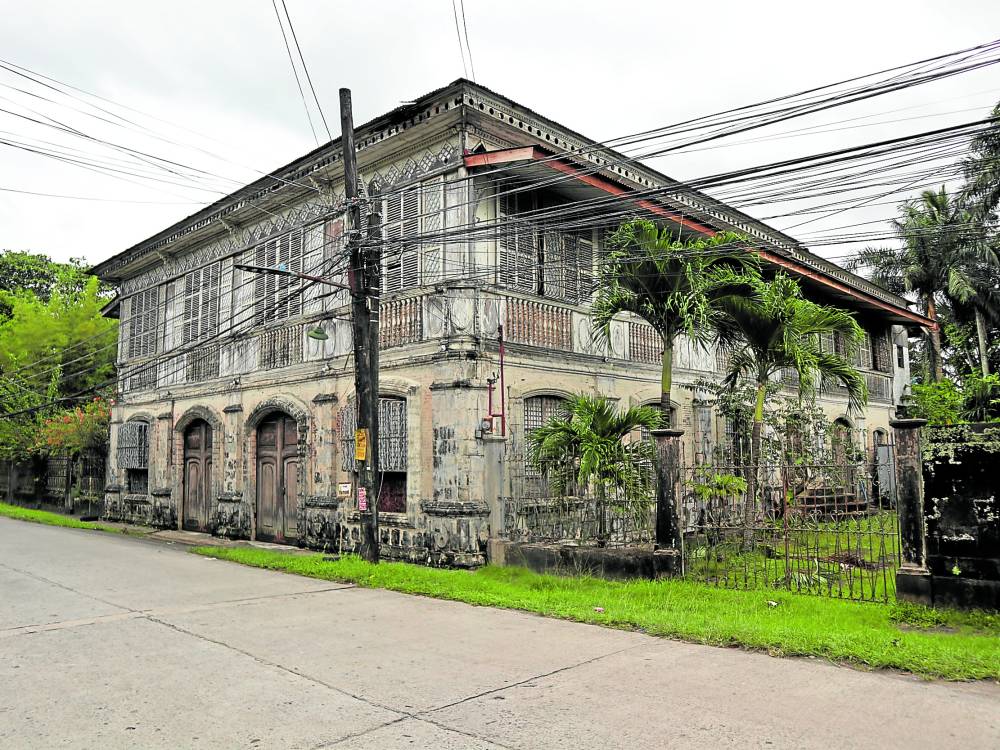
Founded most likely as a town in 1788 and as a parish in 1848 under the tutelage of San Nicolas de Tolentino, Minuluan, today’s Talisay City in Negros Occidental, has been opulent since the Spanish colonial period, thanks to its first parish priest, Fr. Fernando Cuenca, OAR, who introduced sugarcane farming in the town and in Negros, and invented a hydraulic machine to process the noble cane.
Fr. Cuenca, the town’s parish priest from 1850 until his death in 1902, also introduced the cultivation of other agricultural products such as abaca, coffee and root crops.
He transformed the town from a “vast cogon wasteland” to a prosperous sugar-producing one, notwithstanding his founding of many towns and parishes in the province.
For Fr. Cuenca’s immense contributions to the development of Minuluan, renamed Talisay after 1912, a monument was erected at the town plaza on May 30, 1974, his 150th birth anniversary.
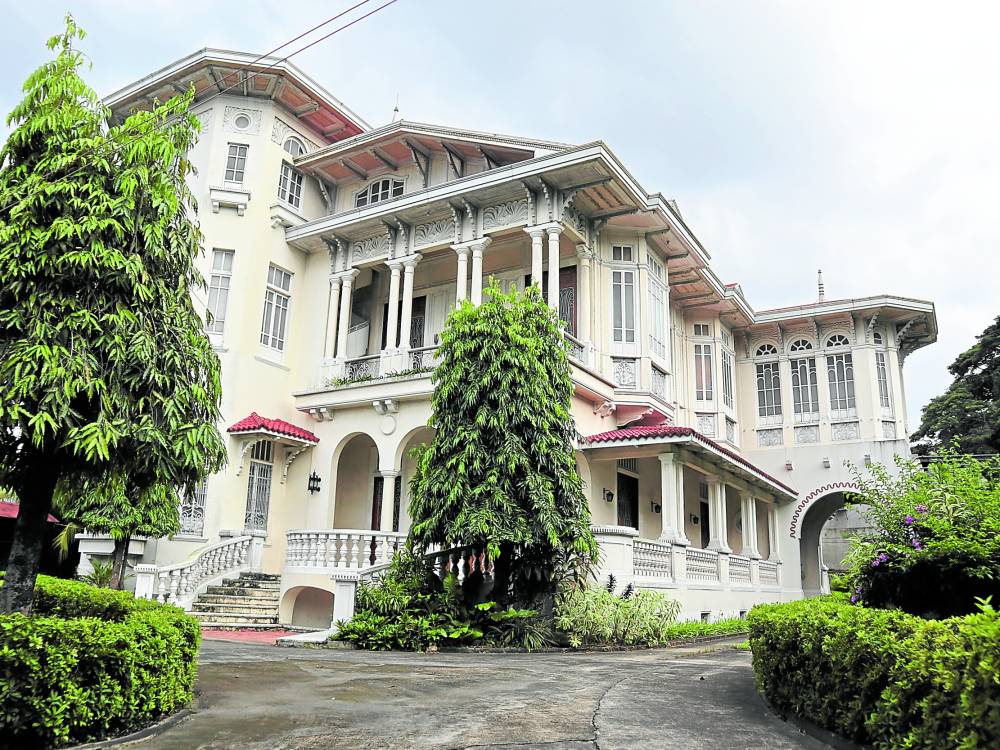
Tana Dicang
Minuluan’s economic success, due mainly to sugarcane and sugar production, grew steadily from the time of its founding as a parish so that by 1870s, the town was producing around six million kilograms of sugar.
With these, rich families started to build their houses, grand bahay na bato in the población.
One of those houses which still exists today is the house of Enrica Alunan Lizares, commonly known as Balay ni Tana Dicang. Tana was short for “Kapitana,” as she was referred to in the community.
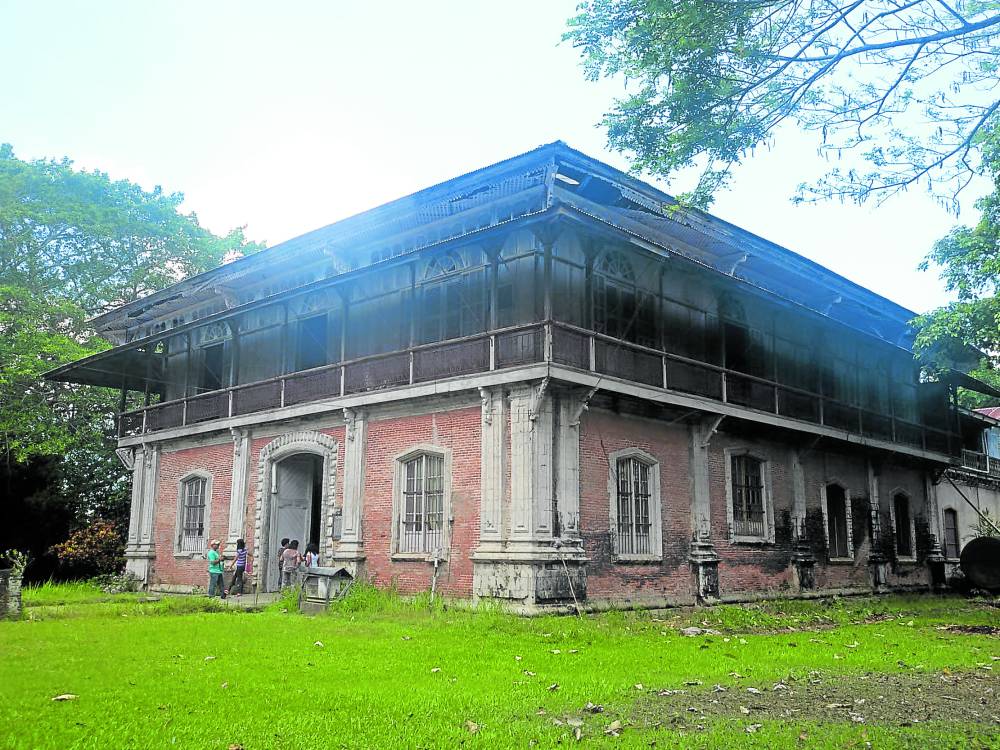
Married to Efigenio Lizares, Tana Dicang ran the operations of their family’s haciendas in Talisay and neighboring towns and made fortunes from the business.
Built in 1872, the house features a first level of stone and second level of wood.
The first level has a pair of arched portals and arched windows. It also has pilasters with carved stone medallions beneath, a design that is mirrored at the second level.
Stored in its zaguan is a silver carroza, while its despacho, a storeroom for sugar to be sent to Iloilo, is now an art space.
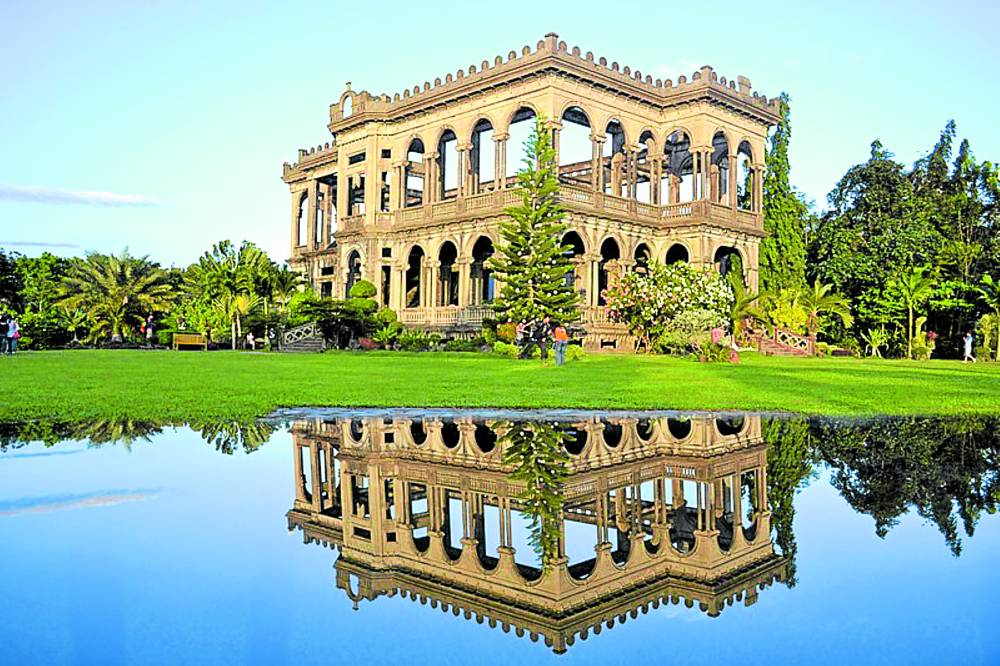
The second level is accessed through a grand staircase with intricately carved handrails, which leads to the reception area, dining areas and rooms.
The house, opened as a museum in 2008, was declared an Important Cultural Property by the National Museum of the Philippines (NMP) in 2018. The unveiling of its heritage marker is set on Aug. 28.
Adrian Lizares, the family foundation representative, said their clan is very honored by the distinction given to the house and expresses gratitude to the institutions involved in the declaration and upkeep of the house such, as the NMP.

“We are dedicated to the conservation and preservation of the Balay, as was willed by Lola Dicang,” said the fourth generation Lizares.
“The unity of the family keeps the heritage in good stead, and we are so happy to do all these, but it is challenging in a very exciting manner,” he added.
Other houses
Talisay’s other heritage houses, all products of its sugar industry, include the neo-Romanesque Lacson Mansion Ruins, popularly called as The Ruins.
Perhaps the most well-photographed of the city’s heritage homes, this house, also known as Balay Dako (Big House), was built by Don Mariano Lacson as a tribute to his wife, who died while giving birth to one of their children.

The elaborately designed house was purposedly burned by Lacson to avoid it being used as a garrison during World War II.
In front of this house is the ruins of an old simborio or a smokestack used for mills producing sugar.
Another house in Talisay is the late 19th-century Gen. Aniceto Lacson House, also a bahay na bato in brick and wood.
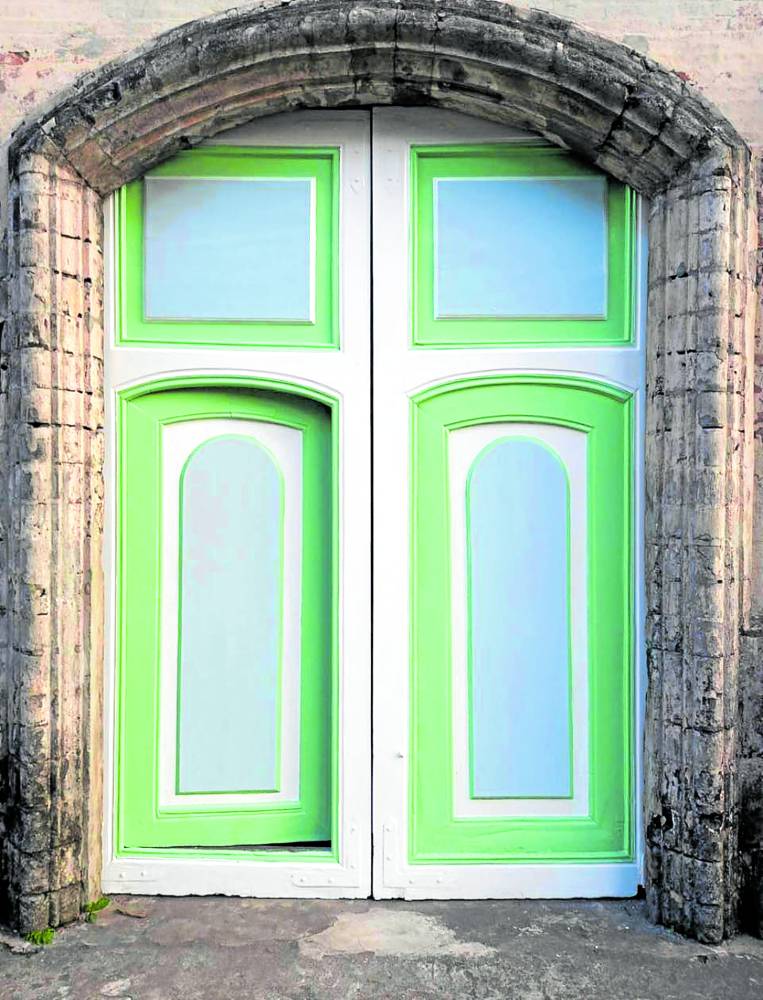
This house, noted for its ornate cast-iron grills and wrap-around veranda, was the home of Lacson, who led the revolution against the Spaniards in 1898. Coincidentally, he was Fr. Cuenca’s friend.
The house was declared a National Historical Landmark by the then National Historical Institute in 2002 and an Important Cultural Property by NMP in 2018.

One of Tana Dicang’s sons, Simplicio, also built a grand mansion not far from her house.
Built in the Art Deco style, the impressive house was designed by architect Juan Nakpil and completed in 1936.
Nakpil, declared National Artist for Architecture in 1973, also designed other iconic buildings such as the Capitan Pepe Building in Manila, the reconstruction of the Quiapo Church also in Manila in 1930 and the Rizal House in Calamba, Laguna in 1950. —Contributed













































